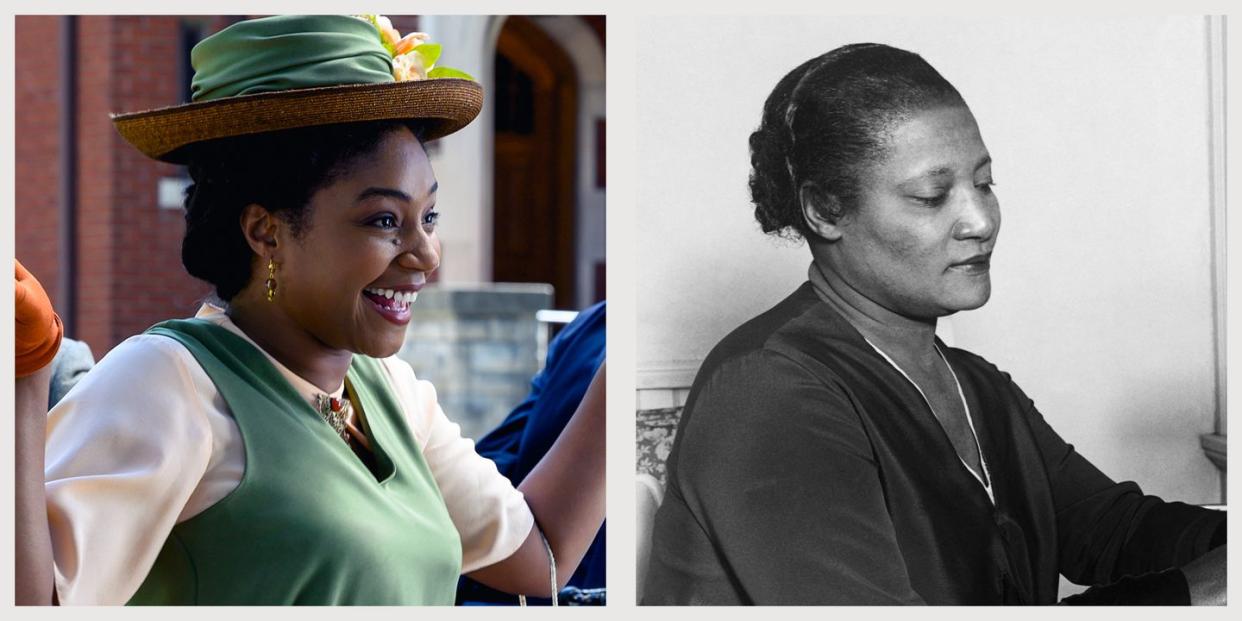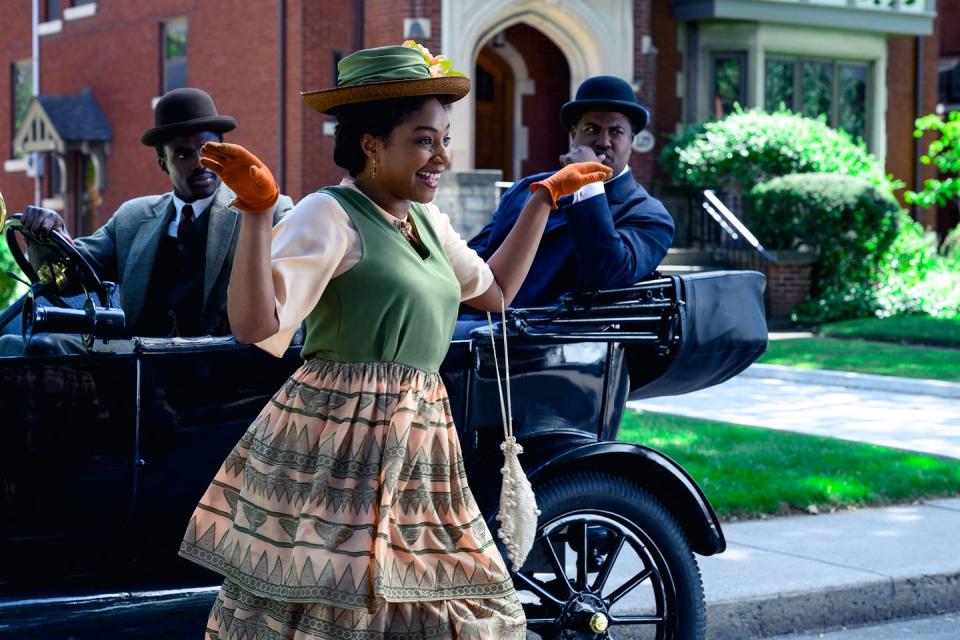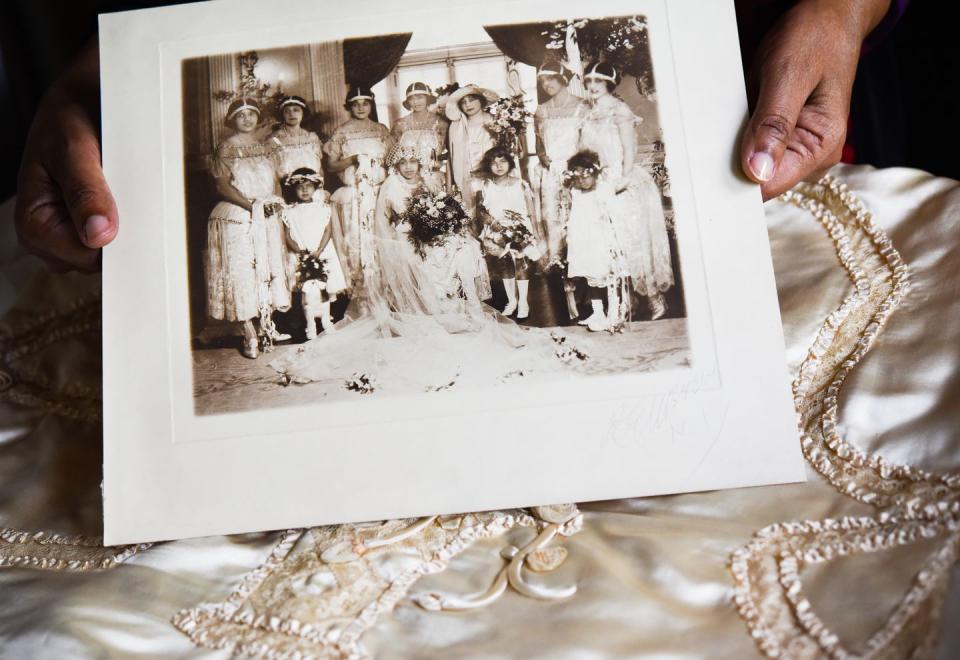Why A'Lelia Walker, Madam C.J. Walker's Daughter and Heir, Has Her Own Special Place in History

If her mother was known as America's first self-made female millionaire, A'Lelia Walker had her own calling card: the Joy Goddess of Harlem. None other than Langston Hughes gave her that title, and she certainly earned it.
In Netflix's new miniseries, Self-Made: Inspired by the Life of Madam C.J. Walker—which is loosely based on On Her Own Ground, a biography written by Walker's own great-great-granddaughter—Tiffany Haddish portrays A'Lelia Walker as a spirited, creative heir to her mother's haircare empire. But what was the real woman like? Here's what you should know about A'Lelia Walker, arts patron and Harlem Renaissance-era legend.
She was born Lelia McWilliams in 1885.
Lelia (she'd add the "A" to her name after her mother died) was Madam C.J. Walker's only surviving child. She was born in Vicksburg, Mississippi to Walker (then Sarah Breedlove) and her first husband, Moses McWilliams, whom she married at 14.
By the time Walker was 20, she was a widow. She and Lelia moved to St. Louis, where Walker's brothers were working as barbers.

After school, Lelia went to work for her mother.
Just about a year after Madam C.J. Walker moved to Denver in 1905 to kickstart her business—selling her Wonderful Hair Grower and preaching the importance of her haircare method—Lelia followed her to Colorado, with the intention of helping her mother's company.
Lelia immediately took on a leading role in the business, holding down the fort in Denver while Madam C.J. traveled around the country promoting her brand. Later, Leila would do the same at the company's new Pittsburgh headquarters, but she would also sometimes go on her own journeys to recruit sales agents and sell product. Madam C.J. Walker would move the company's base once again to Indianapolis, where she also settled for a time herself, but Pittsburgh was Lelia's last stop before she moved to New York.
Lelia's only child was her adopted daughter Mae.
Indianapolis-born Fairy Mae Bryant first endeared herself to Madam C.J. Walker as a haircare model, but Fairy Mae's connection to the Walkers grew, and eventually Lelia adopted her in 1912. The Walkers convinced Fairy Mae's mother to let her daughter go by promising to allow Fairy Mae to continue her education, and by ensuring she would be trained to work in the business. The Walkers also allowed Fairy Mae to remain in contact with her biological family. Fairy Mae's name was later changed to Mae Walker Robinson (the Robinson comes from Lelia's ex-husband), and she remained Lelia's sole child and heir.

In the 1920s, Lelia became a central figure in the Harlem Renaissance.
Lelia took the lead on expanding the company's presence in Harlem, purchasing a town home on 136th Street and renovating it into a residence and hair salon. Later, she combined it with the neighboring property, and spared no expense in creating a building that would serve not only as a place of business, but also a gathering space for the Harlem Renaissance's biggest names.
Lelia threw lavish fêtes for the cultural luminaries of her time, parties that were attended by the likes of Zora Neale Hurston and W.E.B. Du Bois, as well as European royalty. Additionally, she hosted the Dark Tower, a formative literary salon for Harlem's leading artists, and helped to support some creators' pursuits.
There's no clear evidence about her sexuality.
The parties she threw were safe spaces for people to be with whomever they wished. As Harlem renaissance dancer Mabel Hampton later recalled, "There was men and women, women and women, and men and men, and everyone did whatever they wanted to do"—but it isn't well-documented if Walker herself was queer.
You Might Also Like

